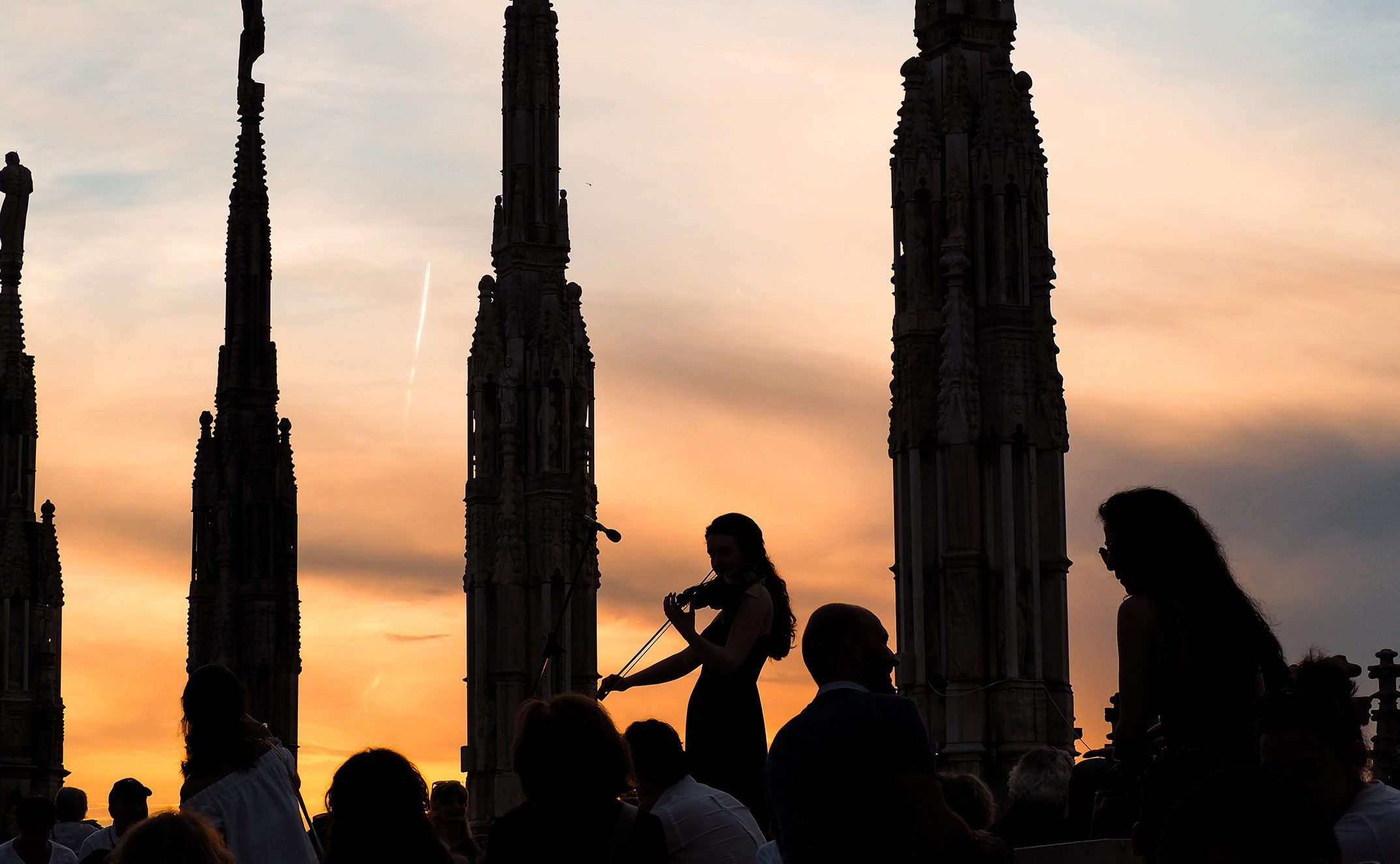In fact, these gargoyles are drains (from the Italian doccia, meaning shower) that have animal, demonic, anthropomorphic, or imaginative features that also collect rainwater, so that it does not drain freely from the roof, damaging the Cathedral’s marble walls. Known in English by the French word gargoyle, these monsters came about as water channels and, in the Gothic tradition, they assume apotropaic forms, figures animated by infinite artistic motifs.
This main function of conveying rainwater has led many sculptors to favour aquatic themes for the gargoyles, just as in the case of the “Mermaid riding a sea monster”.
Thanks to support from A2A and following authorisation from the Superintendency of Archaeology, Fine Arts and Landscape for the Metropolitan City of Milan, the fully cleaned and reinforced statue has left the Veneranda Fabbrica’s Marble Workshop, where it was being temporarily stored, and has arrived at the company’s headquarters in Milan where it will stay on loan for one year, with the possibility of renewal. Our beautiful Mermaid now greets the people who pass through the main atrium of the building, just as the numerous statues of Milan Duomo have always done, silently observing and keeping watch over the many worshippers, citizens, and visitors who walk under the shadow of the Cathedral every day. They are part of its history, as are the statues that can no longer be displayed in the Cathedral for conservation reasons, but nonetheless are still able to recount their everlasting links to the Duomo.
Thus, in this sense, the restoration and handling of the Mermaid are testimony to the constant dialogue between the symbolic Monument of the city and the companies operating in the surrounding area, a dialogue driven by the desire to spread beauty, enhance culture, and transmit a centuries-long history that is the heritage of all.








